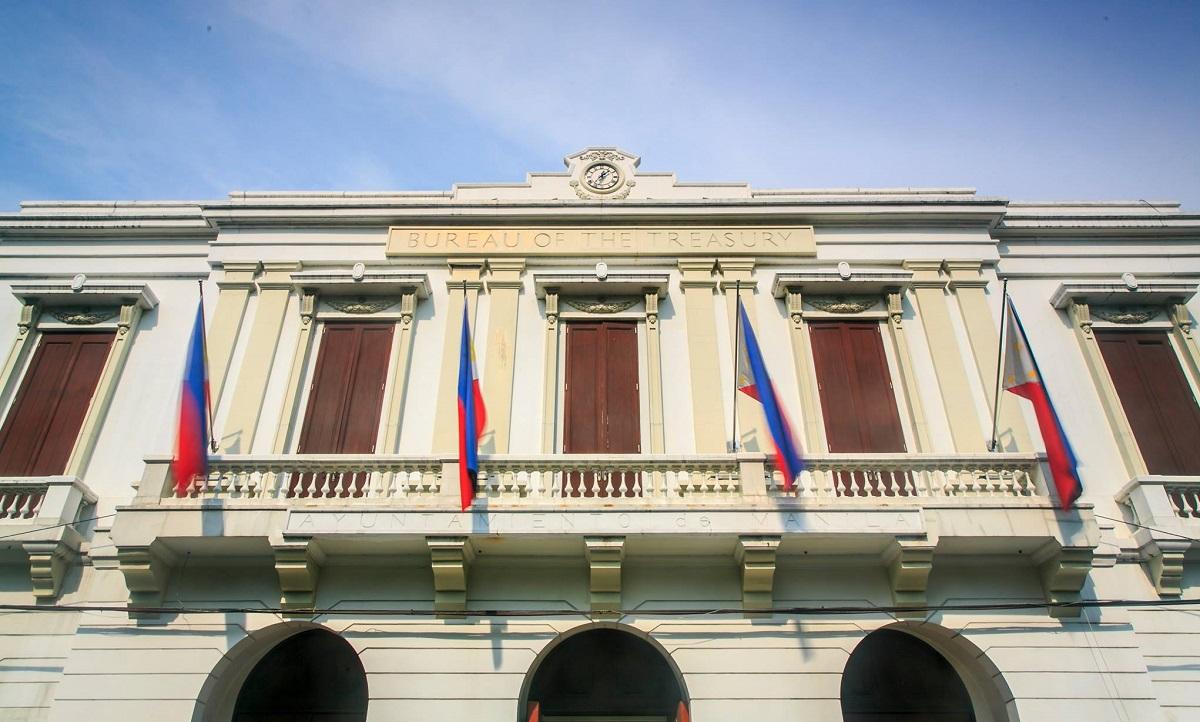Philippine gov't debt soars to new record-high at P11.6 trillion

The national government’s running debt stock ballooned to a fresh record-high at P11.642 trillion as of end-August 2021, on the back of increased fund raising efforts to boost state coffers amid the continuing COVID-19 pandemic, data released Thursday by the Bureau of the Treasury (BTr) shows.
JUST IN: The national government’s running debt balance balloons to a new record-high of P11.64 trillion as of end-August 2021, data released by the Bureau of the Treasury showed. | via @Ted_Cordero pic.twitter.com/kN7FL6TPIf
— GMA News (@gmanews) September 30, 2021
As of end-August, the government's outstanding debt rose by 0.28% or P32.05 billion from P11.61 trillion recorded as of end-July 2021.
Year-on-year, the debt balance increased by 21.1% from P9.615 trillion as of end-August 2020.
Year-to-date, the total outstanding debt rose by P1.847 trillion or by 18.9%.
The Treasury attributed the increase to “domestic debt issuance as part of government financing.”
Of the total debt stock, 29.4% was sourced overseas while 70.6% were borrowed locally.
Finance chief Carlos Dominguez III earlier defended the uptick in the country’s programmed debt, which is expected to hit the internationally recommended threshold of 60% proportion of gross domestic product by 2022.
“I would like to emphasize again that the increase in our debt level is only temporary. It did not stem from profligate public spending, but rather resulted from a universal shock that deteriorated the financial positions of almost all countries around the world,” Dominguez told a House budget deliberation on the proposed P5.024 trillion national budget for 2022.
In particular, the government’s domestic debt totaled P8.22 trillion, up 1.2% or by P100.7 billion from the end-July 2021 level of P8.119 trillion.
This resulted from “the net issuance of government securities,” the BTr said.
On the other hand, the government’s external or foreign debt stood at P3.42 trillion.
This was lower by 2% or P68.65 billion from end-July 2021’s P3.49 trillion.
“The lower figure was due to the net repayment of foreign loans amounting to P34.22 billion,” the Treasury said.
“Meanwhile, the impact of both local and third currency fluctuations against the US dollar further lowered the peso value of external obligations by P32.04 billion and P2.39 billion, respectively,” it added, noting that the peso strengthened against the greenback from P50.223:$1 as of end-July to P49.762:$1 as of end-August.
Sought for comment, Rizal Commercial Banking Corp. chief economist Michael Ricafort said the latest increase in the country’s debt stock “could still reflect the adverse economic impact of the two-week ECQ (enhanced community quarantine) followed by MECQ (modified ECQ) in NCR (National Capital Region) that reduced business/economic activities, reduced the government’s tax revenue collections, increased government spending especially on social amelioration and other COVID-19 programs.”
“Thus, lockdowns tend to widen the country’s budget deficit that in turn, increases the need for the government to borrow more to finance the budget deficit, and adds to the country’s debt stock,” Ricafort said.
Also, Ricafort said the shift to granular lockdowns would be a “de facto” measure to re-open the economy amid increased vaccination as Metro Manila is already well into the population protection threshold.
“This, further justifies further re-opening the economy and reducing the lockdowns, increasing the government’s tax revenue collections, reducing the government’s spending on various COVID-19 programs, narrowing the budget deficit, and reduces the need for new government borrowings that add to the government’s debt stock,” Ricafort added. —LBG, GMA News



